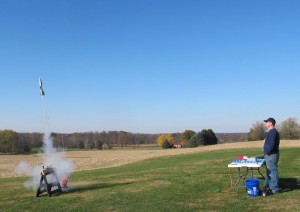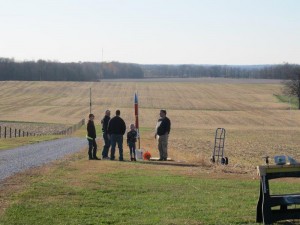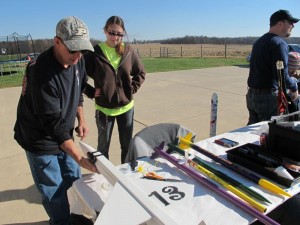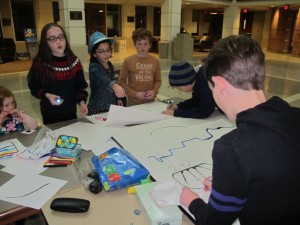
In today’s meeting we looked at ozobots & dug out the cubelets to try and get the Bluetooth control working. Technical difficulties prevented the cubelets from working with the remote control app. But the ozobots were a bigger hit anyway with both the kids and adults there.
Ozobots are tiny dome like robots that have optical sensors that are used to follow lines. These lines can also program the little guys, through shapes and colors. Using a marker they will follow the line you draw but by using different color patterns they will change speed, change direction, pause, stop and even count.
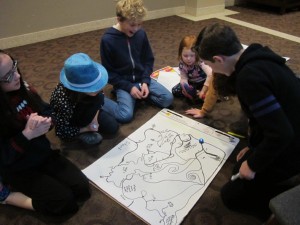
It was amazing to sit back and watch the kid’s creativity. After a brief introduction to the ozobot, the kids discovered much more on their own. Following mazes and lines drawn on paper, along with guessing which branch the ozobot would take dominated the afternoon.
The kids decided to “test the robot’s artificial intelligence” by creating questions that the robot could ‘answer’ by choosing the right path. The maze they created started with simple questions like 4 divided by 4, then progressed into more difficult questions like which country created french fries. There were plenty of death traps and black holes along the path for the ozobot if a wrong decision was made. They decided to conduct tests for both ozobots , you can watch one trial in this video. Of course the robot didn’t really evaluate the questions, just took a random path, but they still had fun.
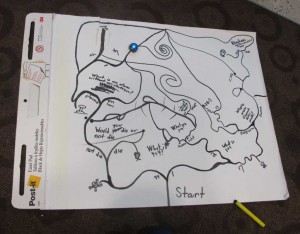
The ozobot color changing capability was a huge hit (different colored lines cause the bot’s LED to match the line color). They are somewhat sensitive to line width, but it’s not a huge factor. The large dry erase board attempt didn’t work well, the bot would eventually scrape off some of the marker then stop. Ozogroove, the dancing app, was pretty useless on a Nexus 7 – don’t bother to install it on that tablet at least.
We’re going to have to experiment some more with hand drawing the ozocodes, the programming language for the robot. It seemed to be inconsistent, sometimes working and sometimes not, even for the same color coded lines. Printed ones worked great. There’s also a coding language, ozoblocky, but that will be a future meeting.
